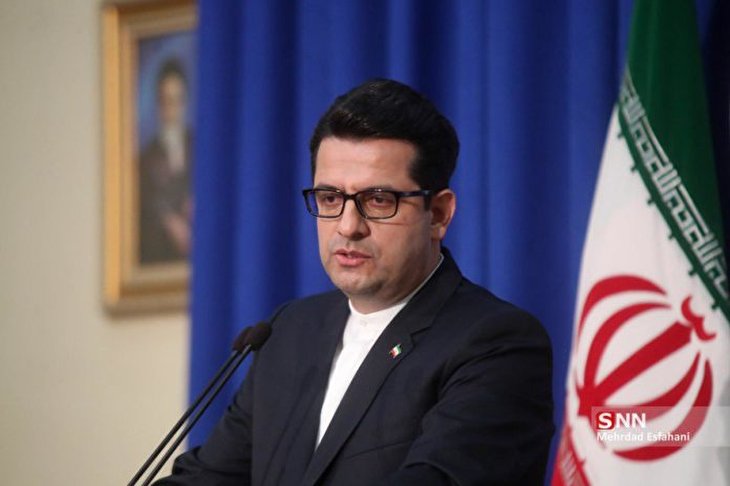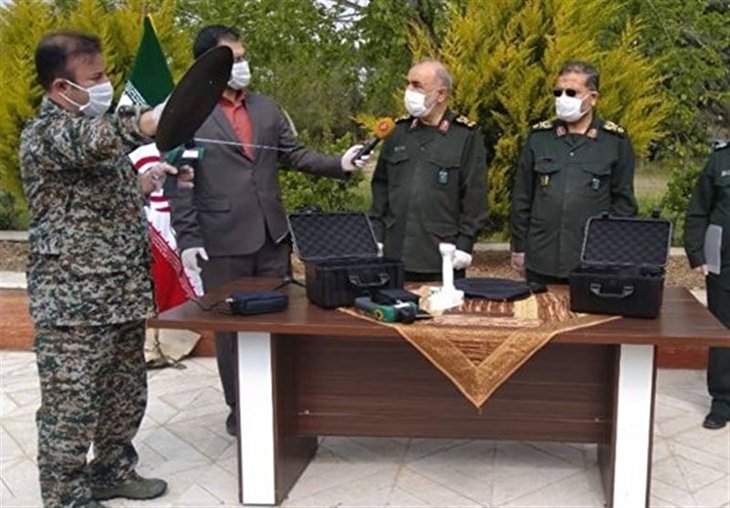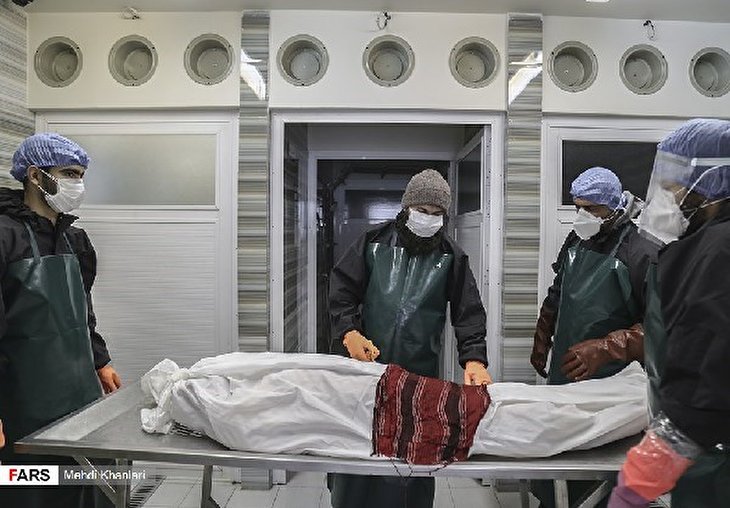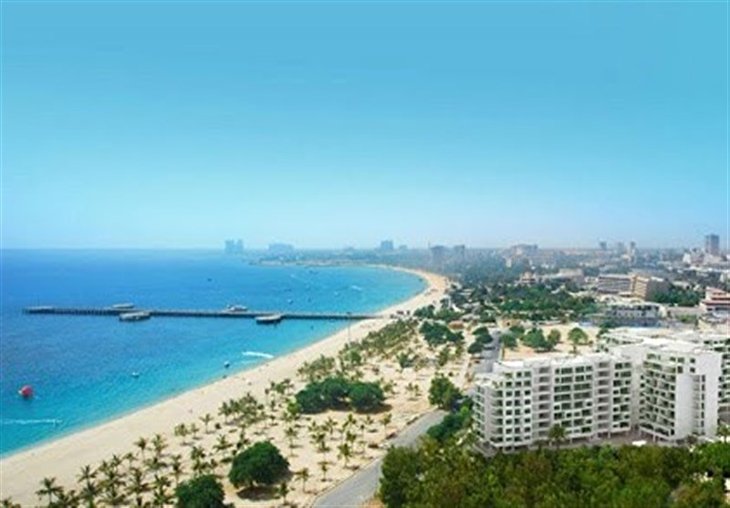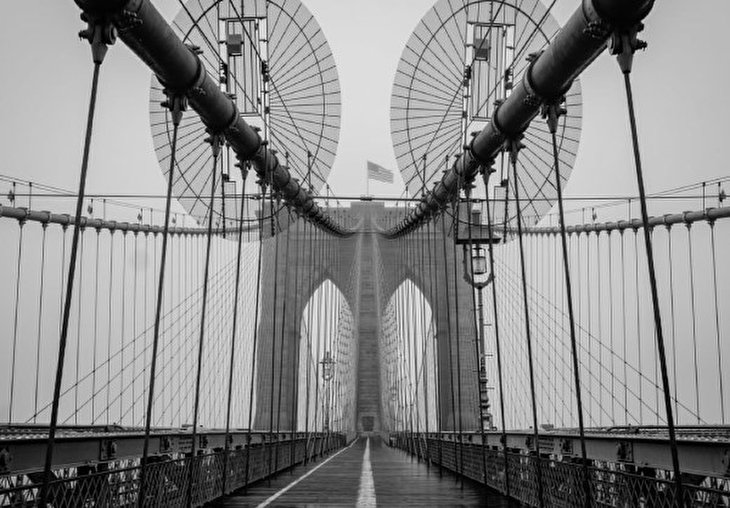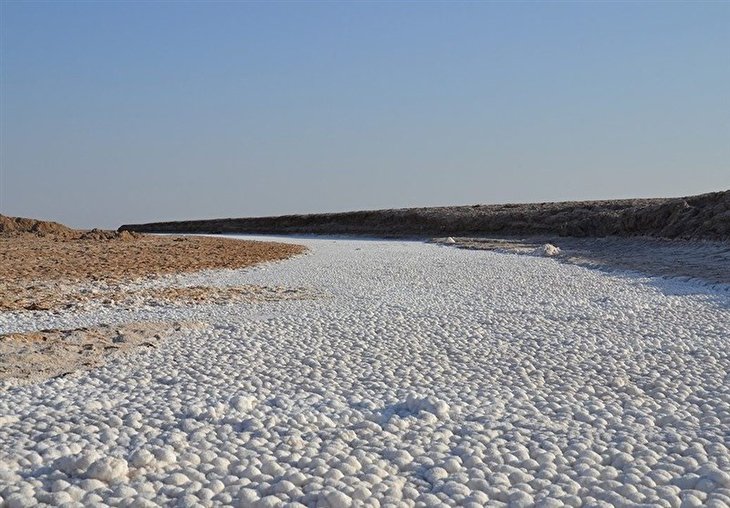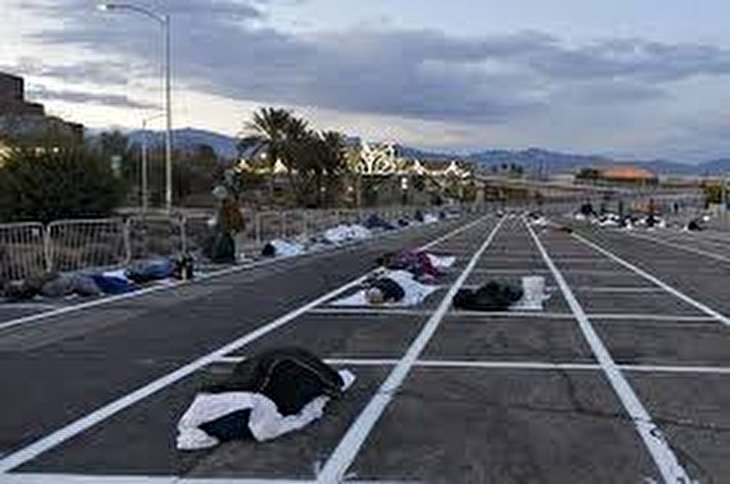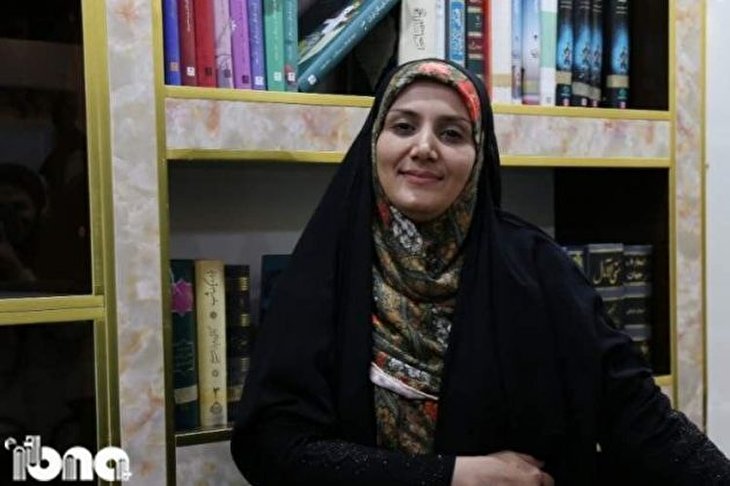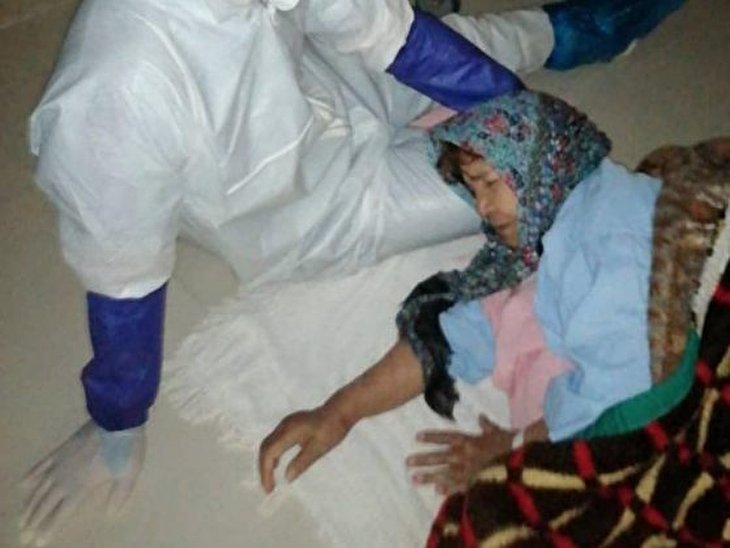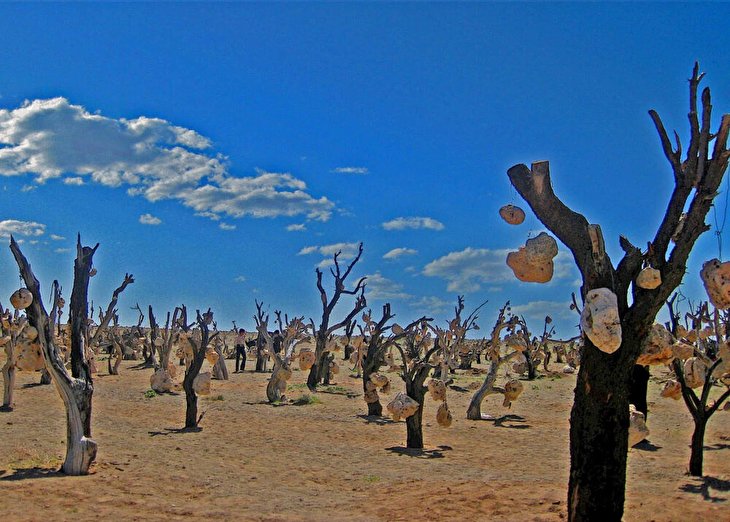UN chief warns of nuclear ‘coffin’ leaking in Pacific

Guterres, who is on a South Pacific tour to raise awareness of climate change issues, raised concern on Thursday that the structure on Enewetak atoll in the Marshall Islands was “a kind of coffin” leaking radioactive material into the Pacific.
“The Pacific was victimized in the past as we all know,” he said, referring to Cold War-era nuclear explosions carried out by the United States and France in the region.
The island nation was ground zero for 67 American nuclear weapon tests between 1946 and 1958.
At the time, numerous islanders in the Marshalls were forcibly evacuated from ancestral lands and resettled, while thousands more were exposed to radioactive fallout.
“The consequences of these have been quite dramatic, in relation to health, in relation to the poisoning of waters in some areas,” Guterres said. “I’ve just been with the president of the Marshall Islands (Hilda Heine), who is very worried because there is a risk of leaking of radioactive materials that are contained in a kind of coffin in the area.”
Guterres also stressed that Pacific islanders still needed help to deal with the fallout from the nuclear testing.

The concrete dome, built in the late 1970s on Runit island and part of Enewetak atoll, has been functioning as dumping ground for waste from the nuclear tests.
Radioactive soil and ash from the explosions was tipped into a crater and capped with a concrete dome 45 centimeters thick. However, it was only envisaged as a temporary fix and the bottom of the crater was never lined, leading to fears the waste is leaking into the Pacific.
Reports say cracks have also developed in the concrete structure after decades of exposure and there are concerns the dome could break apart if hit by a tropical cyclone.
The UN chief did not directly mention what should be done with the dome but said the Pacific’s nuclear history still needed to be addressed.
“A lot needs to be done in relation to the explosions that took place in French Polynesia and the Marshall Islands,” Guterres said.
“This is in relation to the health consequences, the impact on communities and other aspects,” he added. “Of course, there are questions of compensation and mechanisms to allow these impacts to be minimized.”
Source:PressTV


